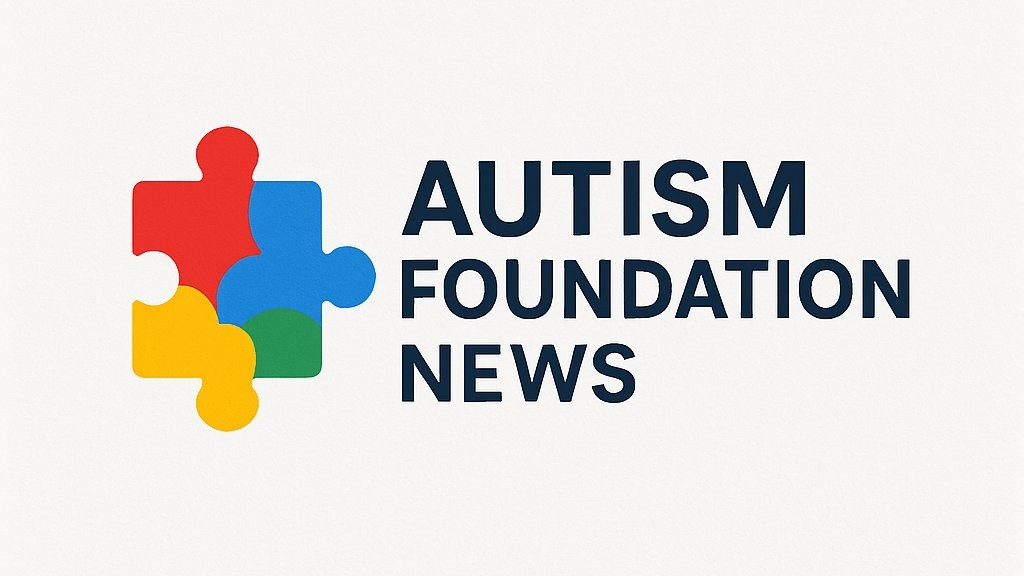
Unlocking the Power of Mindfulness for Individuals with Autism
Mindfulness meditation offers a valuable tool for individuals with autism, enhancing emotional regulation and social awareness. It can also be particularly beneficial for their caregivers and healthcare providers, helping to create a more compassionate environment. According to research, mindfulness practices can reduce anxiety, improve attention spans, and increase overall well-being among individuals on the spectrum.
Why Mindfulness Meditation Matters
For people with autism, the world can sometimes feel overwhelming. Sensory sensitivities and social challenges often contribute to heightened anxiety. Mindfulness meditation helps cultivate a sense of calm and presence, allowing individuals to better navigate their daily experiences. By focusing on breathing and becoming more aware of thoughts and feelings without judgment, they can create a refuge within the chaos.
10 Steps to Start Your Mindfulness Meditation Practice
To create a mindfulness meditation practice, consider these structured steps that foster a welcoming environment:
- Create time and space. Designate a peaceful area for practice, helping minimize distractions.
- Set a timer. Start with just five minutes and gradually extend your practice.
- Find a comfortable sitting position. Whether on the ground or in a chair, choose what suits you best.
- Check your posture. Sit upright to help stay alert during meditation.
- Take a deep breath. Breathing deeply can help settle nerves and prepare for meditation.
- Direct your attention to the breath. Concentrate on a specific area where you feel the breath most prominently.
- Maintain attention to your breath. If distracted, gently bring your focus back without frustration.
- Keep repeating steps six and seven. Each time you return to your breath, consider it a form of mental exercise.
- Be kind to yourself. Understand that wandering thoughts are normal; it’s part of the process.
- Prepare for a soft landing. When the timer ends, acknowledge your practice with gratitude.
Building a Support System
For individuals with autism, having a supportive environment is essential. Families, caregivers, and healthcare professionals can strengthen mindfulness practices by participating in meditation together. This shared experience can enhance understanding and empathy, fostering communication and collaboration.
Personal Reflections: The Journey of Mindfulness
As someone keenly aware of the intersection of autism and psychology, I have observed firsthand the transformative potential of mindfulness practices. A friend of mine, who is on the spectrum, began meditating and noted how much more equipped he felt to handle stressful situations. The techniques outlined in this article can serve as stepping stones for anyone looking to enhance their mindfulness journey.
If you’re interested in incorporating mindfulness into your life or that of someone you care for, consider starting with just a few minutes a day. Remember, every small effort contributes to a greater sense of well-being and understanding.
Check out additional resources on building your mindfulness practice at Mindful’s Getting Started page. Embrace the journey, and together we can empower growth within our communities.
 Add Row
Add Row  Add
Add 




Write A Comment